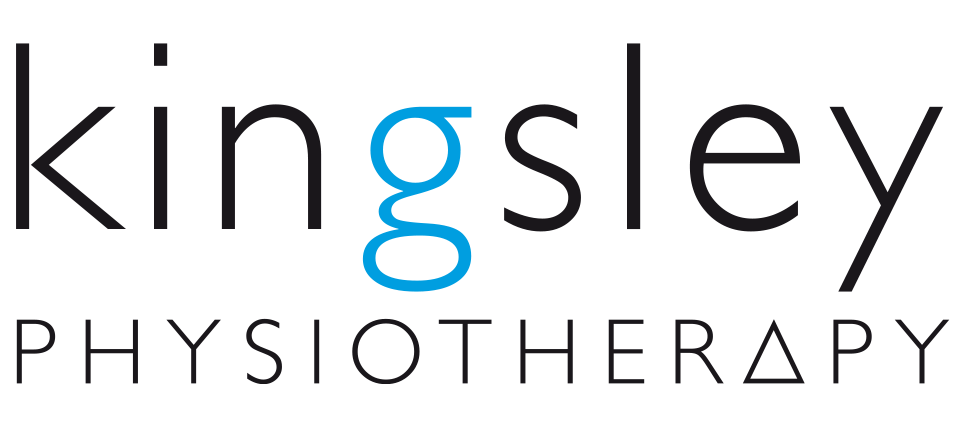Iron infusions
Iron deficiency
Iron deficiency (with or without anaemia) can be a cause of numerous symptoms:
Tiredness, shortness of breath, pale complexion and mucous membranes, fatigue, poor sleep, lack of concentration, mood swings, anxiety and even altered blood pressure and heart rate (to name a few). The symptoms of iron deficiency can mimic a multitude of health issues and it is vital that other causes for these symptoms are investigated.

Common causes of iron deficiency include:
- Excessive menstrual blood loss
- Gastrointestinal blood loss (ulcers, haemorrhoids etc)
- Poor dietary intake of iron rich foods
Management of iron deficiency
- Dietary modification (to incorporate larger amounts of iron rich foods)
- Iron supplementation (tablets or liquid)
- Iron infusions (discussed below)
- Menstrual correction (aimed to reduce or halt menstrual blood loss)
- Surgery – haemorrhoidectomy, hysterectomy, endometrial ablation etc.
- Management of gastrointestinal blood loss (gastritis, oesophagitis etc)
When is an iron infusion recommended?
IV (intravenous) iron might be needed if you are:
- Unable to tolerate iron taken by mouth (orally)
- Unable to absorb iron through the gut
- Unable to absorb enough iron to exceed the amount of blood that the body is losing
- In need of a rapid increase in iron levels to avoid complications or a blood transfusion – eg pregnancy or surgery.
IV iron is also indicated in combination with erythropoiesis-stimulating agents in chronic kidney disease and chemotherapy-induced anaemia.
Why not use iron INJECTIONS?
Iron injections are now rarely recommended for several reasons – they can be painful, have a less predictable outcome in restoring iron levels and can cause permanent ‘staining’ of the skin.
What are the risks of IV iron?
The most significant risk of IV iron is severe hypersensitivity (anaphylaxis) and in rare cases this can be life threatening. There is also the risk of leakage from the injection site or extravasation which can cause irritation and permanent discolouration of the skin. This is rarely seen if appropriate cannula insertion and saline flushing before AND after infusion occurs.
You will be asked to notify staff if any of the following symptoms occur during your iron infusion:
- Sudden gastrointestinal (abdominal) distress and/or anxiety
- Chest tightness
- Shortness of breath
- Racing heart/palpitations
- Nausea
- Pain at the cannula site
The nurse or doctor administering the iron infusion will stay with the patient at all times during the iron infusion. Owing to the risk of anaphylaxis during and post infusion, the patient must not be left alone at any stage up to 30 minutes post infusion.
Contraindications
- Use with caution in patients with elevated liver enzymes or active substance abuse.
- Confirmed previous reaction to intravenous iron to be assessed by Medical Practitioner
- Anaemia not attributed to iron deficiency, e.g. other causes of microcytic anaemia;
- Evidence of iron overload or disturbances in utilisation of iron;
- Pregnancy in the first trimester.
What is involved?
Prior to your infusion you will require a consultation with a doctor at Kingsley Medical to assess the potential causes of your iron deficiency. You may be required to have further blood tests following your consultation.
If your regular General Practitioner is referring you for an iron infusion you do not require a consultation with a doctor at Kingsley Medical. It is important that you attend with a detailed referral from your GP outlining the reason for your iron deficiency and your relevant past medical history – this includes any recent blood tests, gastroscopy/colonoscopy results and a list of your current medications, allergies and past surgeries.
You will be provided with a prescription for your iron infusion – this can also be obtained from your referring GP. This prescription can be filled at any pharmacy and will cost around $30 to $40. Bring this to your consultation.
Prior to your infusion a cannula will be inserted into a vein in your arm. A cannula is a small needle that allows iron to be slowly dripped (infused) into your circulation.
Before the infusion is commenced you will have your blood pressure, pulse and oxygen saturation measured. These observations will be repeated at 5-minute intervals throughout your infusion. An infusion takes around 15 to 20 minutes. A nurse will be with you throughout this time.
Following your infusion.
Once the infusion is complete, your cannula will be ‘flushed’ with saline and then removed. A dressing will be applied to the site. Occasionally bruising occurs at the site of cannulation. Any bruising does not alter the efficacy of the infusion and this bruising will subside within 1 to 2 weeks.
After the infusion you will be observed in our waiting room for a further 30 minutes. This is a time when our staff can observe any adverse reactions that you may encounter. During this time if you are feeling unwell – nausea, palpitations, warmth (hot spells), pain or dizziness we ask that you report this to our staff.
It is advised that following your first iron infusion you do NOT drive. Please arrange for alternative transport.
You will be required to have further blood tests approximately 4 weeks after your infusion. This is to ensure your iron levels are within ‘normal limits’. It is pertinent that you have additional blood tests approximately 3 months after your blood tests to ensure iron levels remain within ‘normal’ limits.
What does an iron infusion cost?
In addition to the cost of your prescription, Kingsley Medical charges a fee for all iron infusions. Please understand our fees BEFORE your consultation.
The cost of an iron infusion is $125 which is paid in ADDITION to your consultation fee.
For more information on our fees please click here. For further information on how you can best prepare for your consultation please click here.





